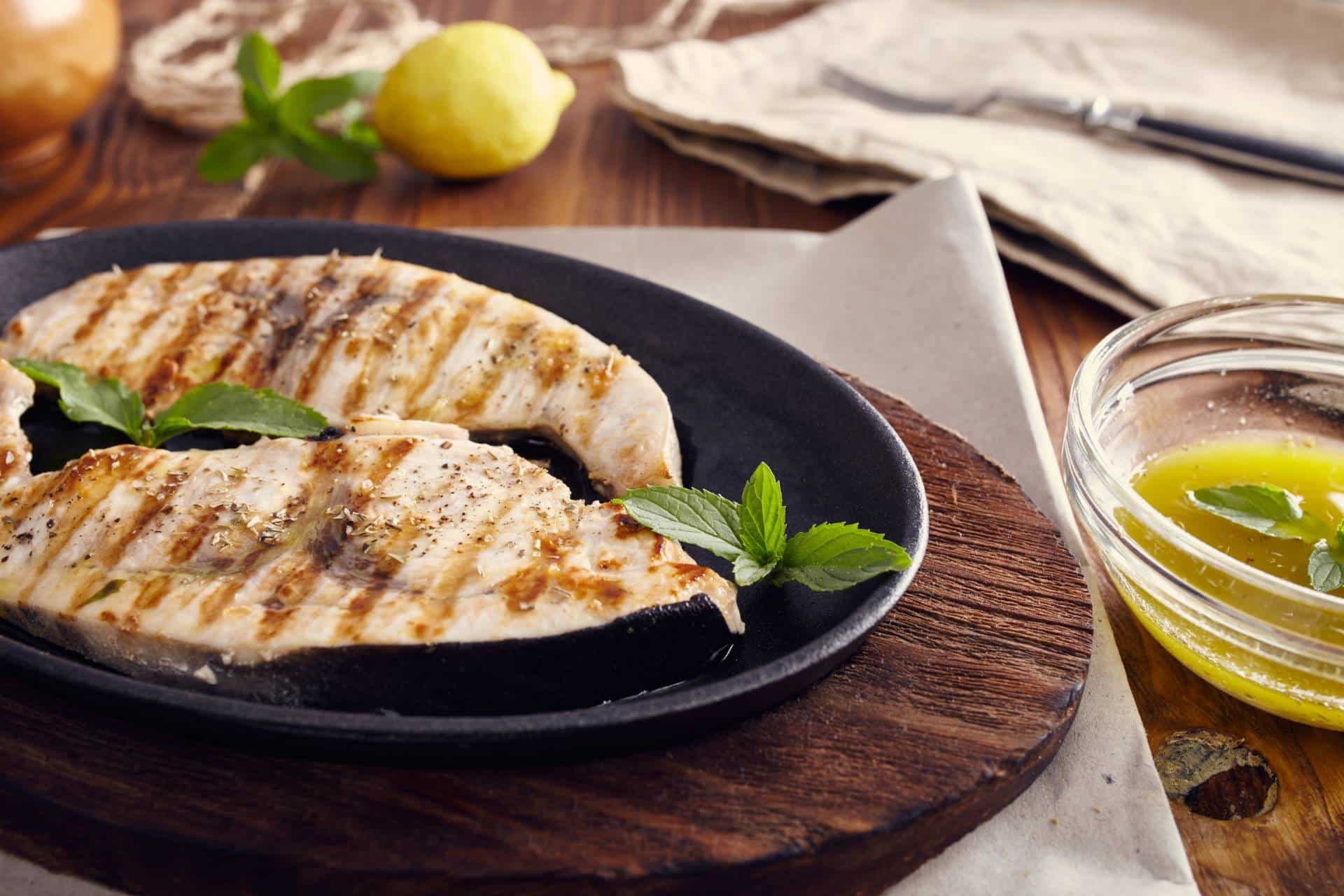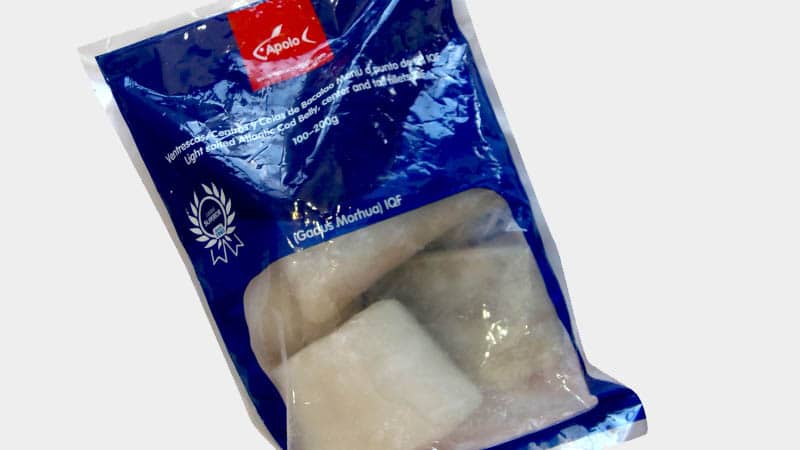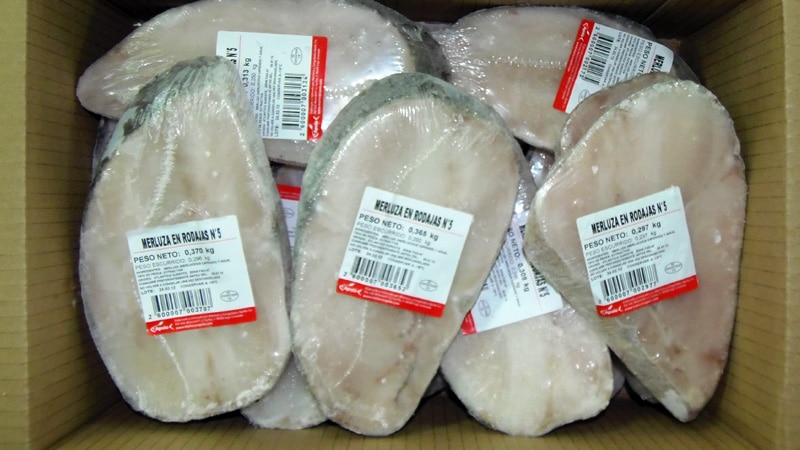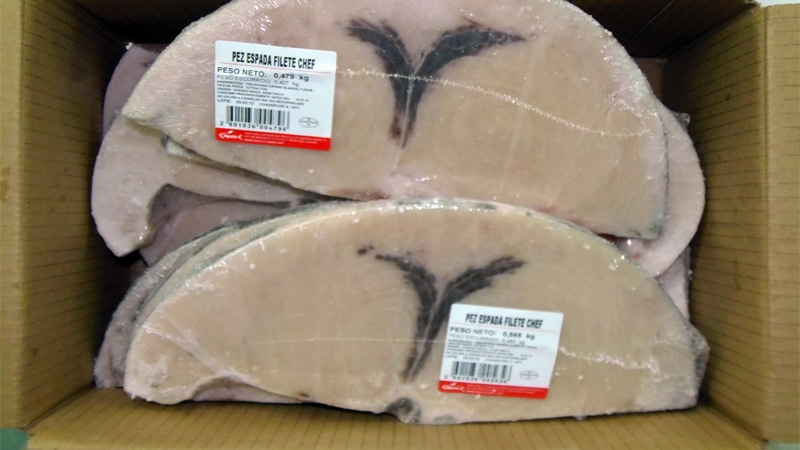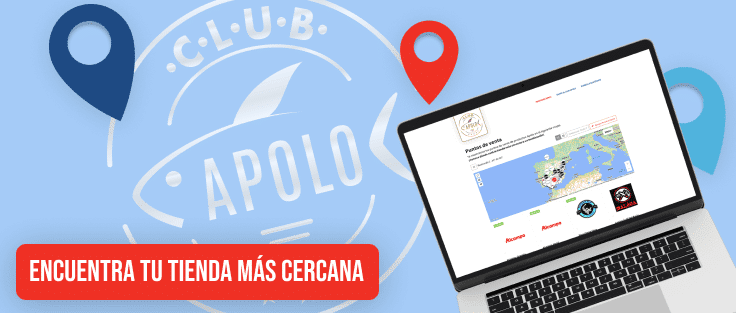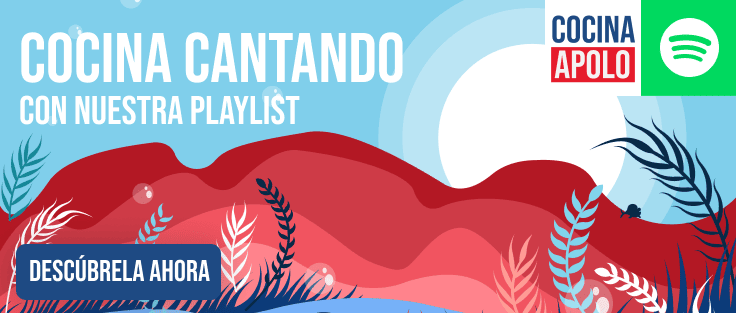Fish is one of the pillars of the Mediterranean diet. In fact, it is recommended to eat this food at least three times a week to maintain a healthy and balanced nutrition. But is it preferable to eat white fish or oily fish more often?
Before imagining Hamlet, Shakespeare’s famous character, holding a fish bone instead of his famous skull to change his well-known dilemma of “to be or not to be” for this other one, it is convenient to know both varieties in depth. Not in vain, when buying white fish or oily fish , it is not superfluous to know their benefits. Nor when it comes to cooking them. In this way it is possible to adapt the diet to the nutritional needs. To help you with this purpose, and with the intention of answering the question we raised initially, we summarize the differences and properties of each one.
Although at first glance, white fish can be distinguished from blue fish by its color, the main difference between the two lies in their fat content. Thus, the former, also known as lean, is lower in fat (usually no more than 2.5%) and calories, while the latter contains more fat (between 5 and 10%). However, its Omega 3 unsaturated fatty acids help to combat the so-called bad cholesterol, which makes it beneficial for the heart.
To avoid confusing them, just look at the bluer color of the blues, as their name suggests, and their v-shaped tail or arrow. This is the case with bonito, swordfish swordfishswordfish troutsardines, anchovies, mackerel or salmon, among others.
Benefits of fish
Both white and blue fish are rich in phosphorus, potassium, magnesium and calcium, as well as vitamins A, D, E (antioxidant) and B group. Their iodine content is indicated against bad cholesterol, cardiac arrhythmias, hypertension, arthritis, rheumatism or arteriosclerosis. They also help to maintain good skin maintenance and, as they contain vitamin B12, they are also beneficial for the balance of the central nervous system.
Fish also provides high quality proteins as it contains essential amino acids. These include lysine, which is necessary for growing children, and tryptophan, which is vital for blood formation.
Although oily fish absorb toxins more easily, especially the larger ones, they are also usually richer in nutrients.
When to eat white or blue fish?
White fish -such as hakehake whitingwhiting, monkfish monkfishcod, cod, sole solesole sorrel flounder or dab dab– is less indigestible due to its lower fat content. It is therefore ideal for dinner, especially if you want to avoid gaining weight because it is lighter.
For the same reasons, but in reverse, it is advisable to opt for oily fish for lunch.
Generally speaking, it is recommended to include both varieties in the diet, bearing in mind this premise.
Buying white and blue frozen fish
At Mariscos Apolo we have been selling different varieties of frozen white fish and frozen blue fish for more than half a century. prepared with the latest techniques in the freezing industry in the freezing industry in order to keep their nutritional properties, appearance and texture intact. To make this possible we maintain the cold chain with strict quality controls.
If you are interested in buying frozen white or blue fish for wholesale or retail business, please contact us. You can see in this link some of the varieties and formats that we elaborate..

